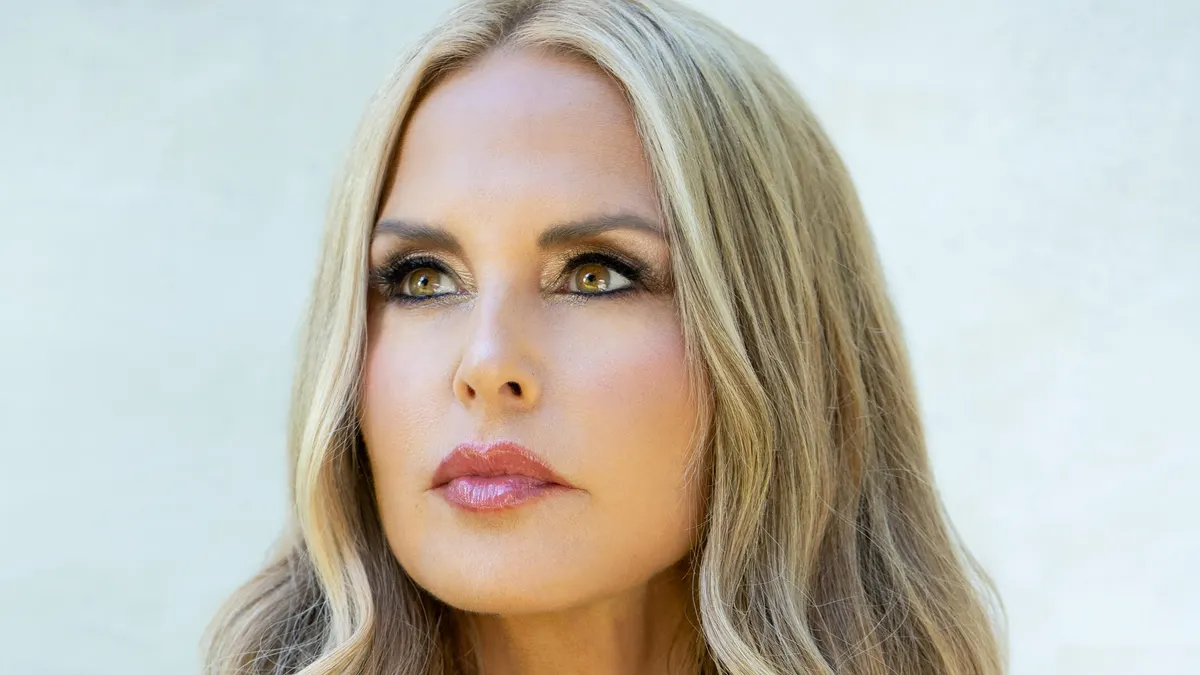After years of falling sales and accumulating debt, American Apparel's bankruptcy filing this week is its last-ditch attempt to salvage its business. Of immediate concern has been the company’s debt vs its low cash reserves: A $13.9 million interest payment was due Oct. 15, and the company has just $11 million cash on hand.
So Chapter 11 makes sense. Under the agreement, if it’s approved, American Apparel’s debt would shrink from $311 million to $120 million, dropping its annual interest payments by $24 million.
But, then what?
The company has one major problem. And despite a summer full of drama last year and seemingly never-ending litigation, it’s not Dov Charney.
The big problem
The big problem at American Apparel these days is that its target demographic, young women in their teens and maybe into their 30s, have moved on from the retailer’s distinct eighties and nineties vibe.
Much like Mike Jeffries at Abercrombie & Fitch, who thought he could dictate what was cool for teenagers to wear, it turns out teens and young people are the ones making that decision, and not Jeffries or Charney. American Apparel may have been offering what the cool kids wanted at one point, but they weren’t telling them what they wanted.
The edgy marketing that eventually managed to nauseate many may have resonated at one point, or at least given the brand an air of anti-authoritarianism. But these days, with feminism in and misogyny out, the marketing just looked crude. And because that was American Apparel’s approach for so long, it also became tired.
Rather than notice any of this, American Apparel (like Abercrombie) didn’t make the changes necessary to offer the merchandise at the prices people wanted. What the retailer has been selling is outdated clothing, along with some basics, at prices way past what’s available at fast-fashion retailers that also happen to have the computer programs and logistics capabilities to get the clothes that young women do want to their stores .
Another problem
But, while Charney may not have had the sway over his customers that he thinks he did, he did have a vision for the company. He may have been wedded to his odious shtick for too long, but at least he was bold. So far, Schneider and her team haven't come up with anything remotely daring or even piquant enough to take the place of any of that.
The sex-based marketing, plus rumors of sexual harassment behavior and other crass antics by Charney, got both stale and creepy, to the point of being lampooned on Saturday Night Live. But, initially, the naughtiness did help put the expensive clothes at American Apparel in must-have territory. That may be why the retailer's board took years to take any action against its founder.
Made in the U.S.A.
One of American Apparel’s standout features is that its fabrics and manufacturing are made in America. That has gone a long way in differentiating the brand for its fans, even for its former fans. Fortunately, CEO Paula Schneider realizes this, saying that the restructuring that the bankruptcy proceedings will provide will help keep the company’s Los Angeles factories open.
"That's what makes us a really important company and a company that needs to thrive and be saved," she said in a statement.
But the U.S.A.-based manufacturing is extremely expensive compared to most manufacturing overseas, and several retail analysts have said that the differentiator is a luxury the company can no longer afford. That puts the company in a bind.
"Their brand is too heavily predicated on the U.S. manufacturing," Josh Arnold, an equities analyst and contributor to financial site Seeking Alpha, told the Los Angeles Times. "They have backed themselves into a corner. I don't think there is any circumstance that would make that change happen.”
But there’s another problem with American Apparel’s made in the U.S.A. labels — there are more of these distinguishing labels available these days. It's true that many millennials, who have more money to spend now that the recovery is more entrenched and (at least older ones) they’re earning more, are willing to pay a premium for sustainably made products. But they’re not necessarily interested in American Apparel’s clothing or its vibe.
“American Apparel is squeezed in between supercheap, foreign-made brands and higher-end U.S.-made retailers such as Imogene + Willie," writes Christina Cauterucci in Slate, in an editorial. "American Apparel’s products are more expensive and less responsive to trends than the former, but feature lower-quality material and construction than the latter.”
Cauterucci believes the retailer should consider scaling back and making fewer styles of higher quality. “Retire some of the old prints and styles that no longer register as cool,” she says. “It should start sizing its clothes within the bounds of reality and try out contemporary silhouettes beyond the bandeau top and the slouchy sweater.”
Is wholesale its best chance?
It’s hard to know whether the relief that bankruptcy could provide will give the retailer enough breathing room to survive, or if it can survive long enough to come back. But there is one aspect of American Apparel’s business that has seen growth: its wholesale operations grew 5.1% last year to $209 million.
“Those sales, which make up 34.3% of annual revenue, suggest there is still demand for American Apparel clothing,” writes Thomas Lee in the San Francisco Chronicle. “Thus, the company should focus on selling its merchandise through other retailers, including department store chains, instead of operating stores itself.”






















